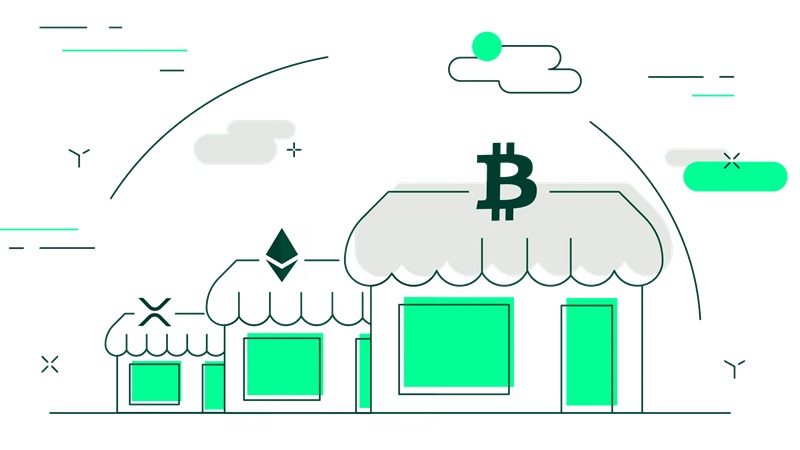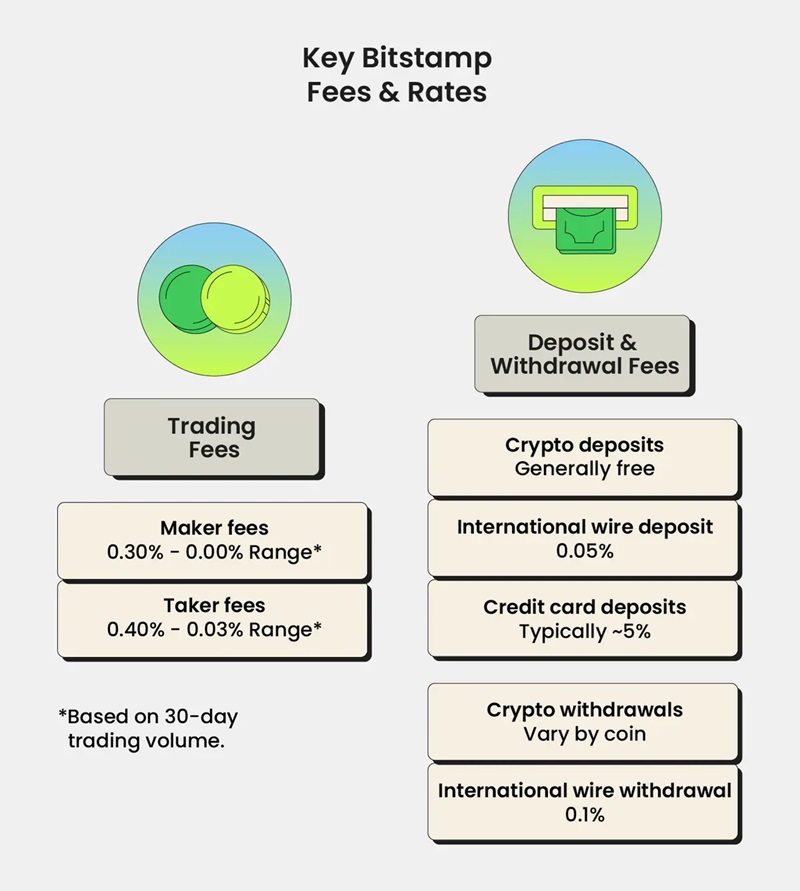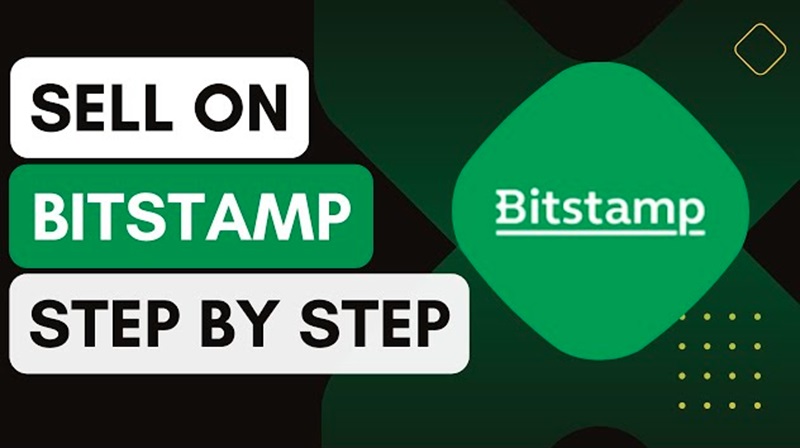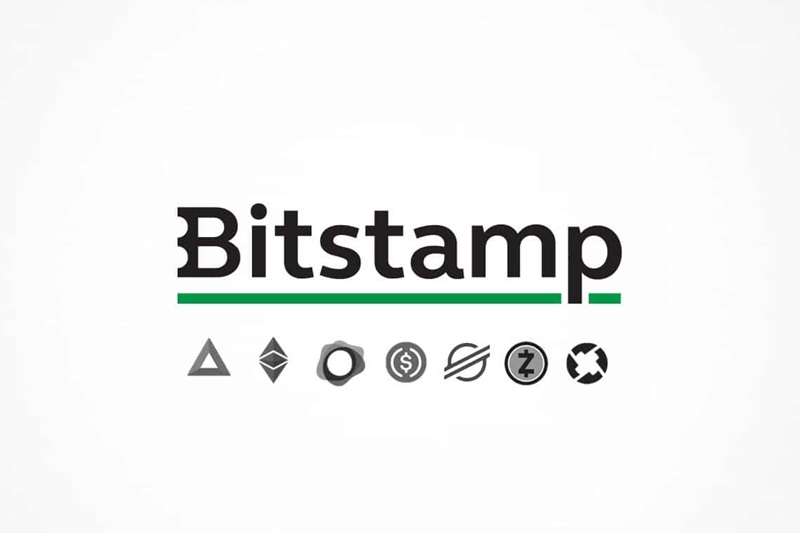
When it comes to navigating the dynamic world of cryptocurrency trading, understanding Bitstamp trading orders is a game-changer for both beginners and seasoned investors. Whether you’re looking to secure profits or minimize losses, mastering the art of trading on Bitstamp can set you apart in this fast-paced market. At CryptoExlist, we’re dedicated to empowering you with clear, expert insights to make informed decisions. In this comprehensive guide, we’ll dive deep into the types of trading orders available on Bitstamp, break down Bitstamp trading fees, and walk you through the process of placing buy/sell orders on Bitstamp. With the cryptocurrency landscape constantly evolving, having a solid grasp of these tools is essential to staying ahead. Let’s explore how Bitstamp can elevate your trading strategy.
Exploring the Types of Bitstamp Trading Orders
Bitstamp offers a variety of trading order types designed to cater to different strategies and risk levels. These Bitstamp trading orders allow users to execute trades with precision, whether they’re aiming for quick transactions or setting up safeguards against market volatility. Each order type serves a unique purpose, making it crucial to understand their functions to maximize your trading potential. Let’s break down the most common options available on this trusted exchange.

Instant Orders: Speed and Simplicity
Instant orders areperfect for traders who prioritize speed over exact pricing. With this type of Bitstamp trading order, you specify the amount of fiat currency (like USD or EUR) you want to spend or receive, and the platform matches your order with available offers in the order book. For example, if you want to sell 5 BTC instantly, Bitstamp executes the trade at the current market rate, giving you a fast and hassle-free experience. It’s an ideal choice for those who need to act quickly in a fluctuating market.
Market Orders: Flexibility with Crypto Amounts
Unlike instant orders, market orders focus on the amount of cryptocurrency you want to trade rather than the fiat value. When placing buy/sell orders on Bitstamp using a market order, you decide how much BTC or another crypto you want to buy or sell, and the trade executes at the best available price. This flexibility can be advantageous, though it may take slightly longer if the order book lacks sufficient liquidity. It’s a popular pick for traders who value control over their crypto quantities.
Limit Orders: Precision in Pricing
For those who crave control over both price and quantity, limit orders are a standout feature among Bitstamp trading orders. You set the exact price at which you’re willing to buy or sell, and the order only executes when the market hits that level. Imagine you want to buy 3 BTC at $45,000 each—your limit order waits until the price drops to your target, ensuring you don’t overpay. This makes it a strategic tool for patient traders aiming to capitalize on specific market conditions.
Stop Orders: Protection Against Volatility
Stop orders are a trader’s safety net in the unpredictable crypto space. Often used as stop-loss orders, they trigger a sale when the price drops below a set threshold. For instance, if you own 10 BTC and set a stop order at $49,000, your coins sell automatically if the price dips below that point, minimizing potential losses. This type of buy/sell order on Bitstamp is invaluable for managing risk, especially when you can’t monitor the market 24/7.
Decoding Bitstamp Trading Fees: What You Need to Know
Understanding Bitstamp trading fees is just as important as mastering order types, as they directly impact your profitability. Bitstamp employs a transparent, tiered fee structure based on your 30-day trading volume, ensuring fairness for both casual and high-volume traders. Whether you’re executing Bitstamp trading orders or simply moving funds, knowing the cost breakdown helps you plan your trades effectively. Let’s dive into the details.

Fee Tiers Based on Trading Volume
Bitstamp’s fee model rewards active traders with lower rates. For trading volumes under $10,000 over 30 days, you’ll face a maker fee of 0.30% and a taker fee of 0.40%. As your volume increases, these fees drop—reaching as low as 0% for makers and 0.03% for takers at volumes exceeding $1 billion. Notably, Bitstamp waives Bitstamp trading fees entirely for the first $1,000 in trades each month, making it beginner-friendly. This tiered approach ensures that the more you trade, the less you pay per transaction.
Additional Costs: Deposits and Withdrawals
Beyond trading fees, depositing and withdrawing funds also incurs costs. Fiat deposits via bank transfer are typically free, but using a credit or debit card comes with a 4-5% fee, depending on the amount. Crypto withdrawals carry network fees, which vary by blockchain (e.g., Bitcoin’s fees fluctuate with network congestion). These Bitstamp trading fees for non-trading activities are standard across exchanges, but it’s wise to factor them into your overall strategy.
Staking Fees: A Bonus for Holders
For those interested in staking, Bitstamp charges a 15% commission on rewards earned from supported assets like Ethereum. There are no additional fees for staking or unstaking, making it a cost-effective way to earn passive income. This aspect of Bitstamp trading fees appeals to long-term holders looking to grow their portfolios without active trading.
Step-by-Step Guide: How to Place Buy/Sell Orders on Bitstamp
Placing buy/sell orders on Bitstamp is straightforward, thanks to its user-friendly interface. Whether you’re a novice or a pro, Bitstamp’s platform—accessible via web or mobile app—makes trading seamless. Here’s how to execute your trades with confidence, step by step.

Step 1: Set Up and Fund Your Account
Before you can place any Bitstamp trading orders, you’ll need an account. Sign up on Bitstamp’s website, complete the verification process, and deposit funds—either fiat via bank transfer or crypto from an external wallet. Once your account is funded, you’re ready to trade.
Step 2: Choose Your Order Type
Navigate to the trading dashboard and select your preferred order type—Instant, Market, Limit, or Stop. For example, to sell 10 BTC if the price drops below $49,000, opt for a Stop order. Input your parameters, such as price and quantity, depending on the order type you’ve chosen.
Step 3: Execute and Monitor Your Trade
Review your order details, then hit “Buy” or “Sell” to submit it. For instant and market orders, execution happens almost immediately, while limit and stop orders activate when market conditions align with your settings. Use Bitstamp’s Tradeview tool to track live market data and manage your buy/sell orders on Bitstamp effectively.
Why Bitstamp Stands Out for Crypto Trading
Bitstamp’s reputation as one of the longest-standing crypto exchanges isn’t just about longevity—it’s about reliability and user empowerment. With a robust selection of Bitstamp trading orders, competitive Bitstamp trading fees, and an intuitive platform, it caters to traders of all levels. The exchange’s commitment to security (95% of assets in cold storage) and transparency (regular audits) further solidifies its trustworthiness. Whether you’re placing buy/sell orders on Bitstamp to seize opportunities or protect your investments, Bitstamp delivers the tools you need.

Conclusion: Elevate Your Trading with CryptoExlist
Mastering Bitstamp trading orders opens the door to smarter, more strategic cryptocurrency trading. From instant orders for quick moves to stop orders for risk management, Bitstamp equips you with versatile options to navigate the market. Pair that with a clear understanding of Bitstamp trading fees and a simple process for placing buy/sell orders on Bitstamp, and you’ve got a winning formula. At CryptoExlist, we’re here to guide you every step of the way, providing expert insights to boost your crypto journey. Ready to take control of your trades? Dive into Bitstamp today and let CryptoExlist be your trusted companion in the world of digital assets.























